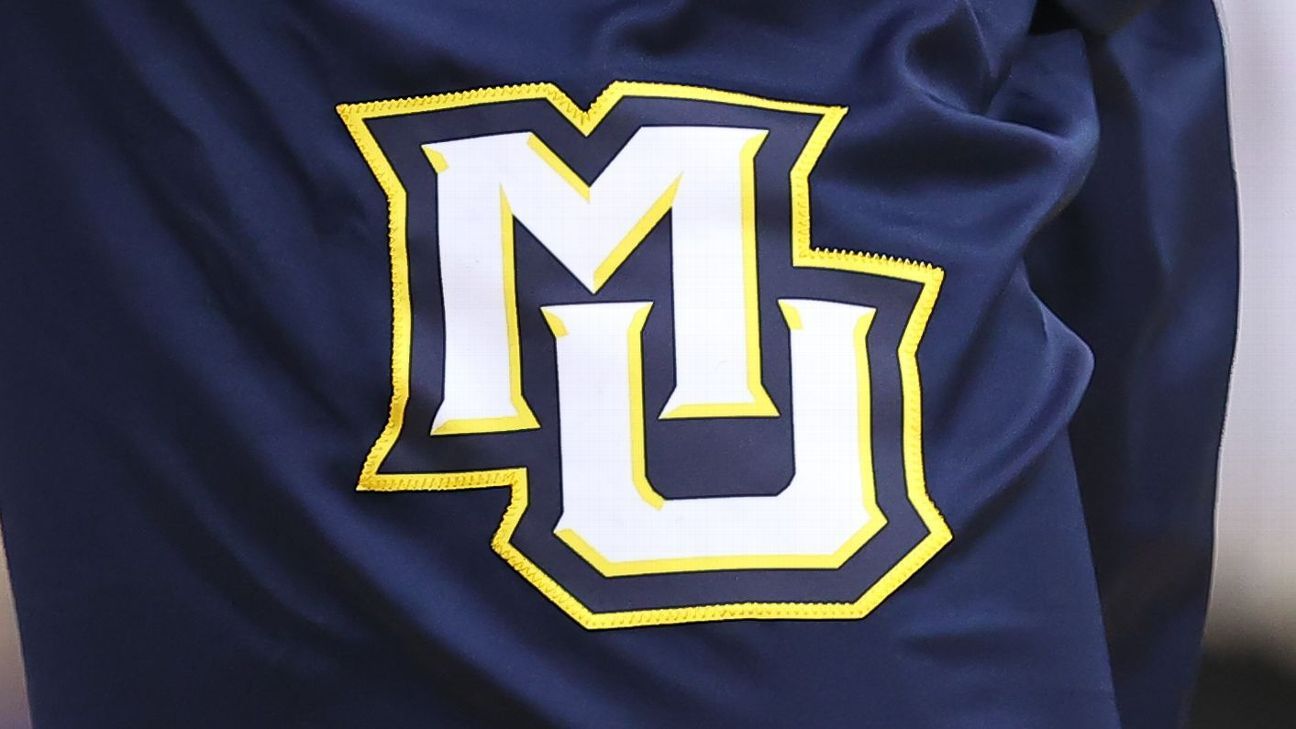Binance launches RWUSD yield bearing stablecoin-like product offering 4.2% APR from RWAs

Binance has launched RWUSD, a new principal-protected yield product offering up to 4.2% APR benchmarked against tokenized U.S. Treasury bills and other real-world assets.
The offering aims to continue Binance’s plan to incorporate off-chain financial instruments into its Earn product suite while avoiding direct exposure to tokenized assets.
Users can subscribe to RWUSD using stablecoins like USDT or USDC, depending on regional availability. Upon subscription, Binance issues RWUSD in a 1:1 ratio to a user’s Spot Account, with no associated subscription fees.
Redemption is only permitted in USDC at the same 1:1 ratio, regardless of the initial stablecoin used. Fast Redemption and Standard Redemption options carry fees of 0.1% and 0.05% respectively, though Binance may periodically waive Fast Redemption fees at its discretion.
RWUSD is not a stablecoin
According to Binance, RWUSD is neither a stablecoin nor a tokenized asset, nor does it represent ownership in any RWA. Instead, it functions as a ledger entry reflecting a user’s principal and accrued rewards within Binance’s infrastructure.
Unlike stablecoins, RWUSD cannot be traded, transferred to other accounts, or withdrawn on-chain. However, like stablecoins, it may be used as collateral for Binance VIP Loans, providing yield continuity even when leveraged within Binance’s loan ecosystem.
Rewards accrue daily and are distributed in RWUSD directly to the user’s Spot Account. Yield rates are determined at Binance’s discretion and benchmarked against instruments such as tokenized U.S. Treasury bills. The APR is flat across all deposit sizes, with no tiered rates or limits on subscription amounts up to $5 million per user.
RWUSD begins accruing rewards the day after subscription, based on the lowest daily balance held. Distribution occurs two days after the subscription, and rewards are only issued for balances above 0.01 RWUSD. Redemption timing varies by method: Fast Redemption delivers USDC instantly, while Standard Redemption returns assets to users by 10:00 UTC on the third day following the request.
Although RWUSD is benchmarked to yields derived from tokenized RWAs, Binance explicitly clarifies that it does not constitute a tokenized security, fund, or transferable on-chain asset. The firm emphasizes that users have no direct claim to the underlying RWAs or the income generated.
RWUSD is unavailable to U.S. persons and subject to change in yield rates, subscription caps, and redemption conditions, per Binance’s internal policies.
The product’s backing stems from revenue streams within Binance’s ecosystem and select off-chain assets, not from on-chain collateral or third-party custodians.
RWUSD remains confined within Binance’s closed-loop system, aiming to appeal to yield-seeking users with high subscription thresholds and collateral options, without directly engaging with tokenized securities markets.
Mentioned in this article
[title_words_as_hashtags






